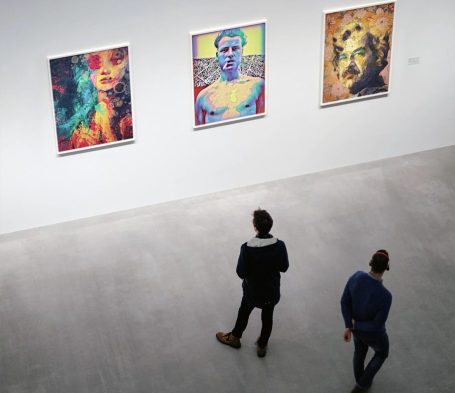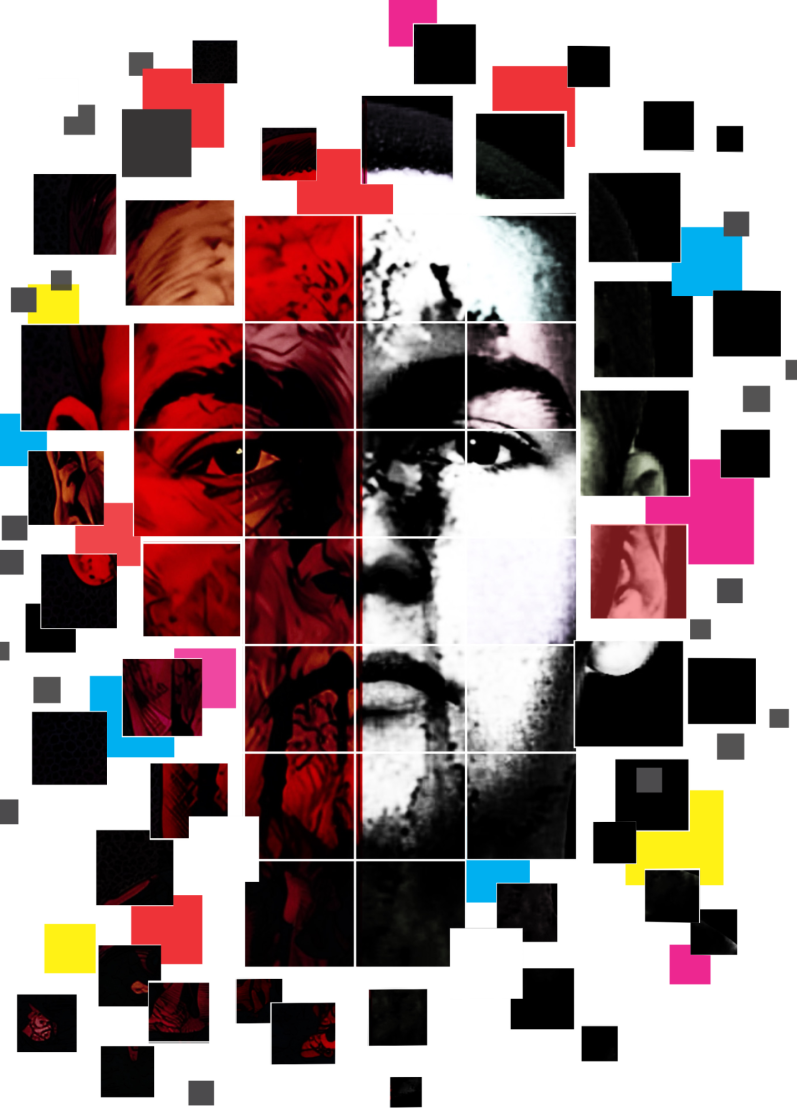Art is Scientifically Proven to Help Brain Health
Research shows that art is not just a fundamental aspect of our humanity, but also essential to our well-being.
Art has been scientifically proven to benefit brain health by creating new neural pathways and stimulating neuroplasticity. The field of neuroaesthetics studies how art impacts the body, brain, and behavior, leading to physiological, psychological, and spiritual improvements. Art therapy, for example, helps reduce anxiety, enhance cognitive function, and improve emotional well-being. Creating or viewing art can reduce stress, enhance cognitive function, and improve mood by boosting dopamine production.
For veterans, particularly those dealing with PTSD, art therapy helps regulate emotional responses and provides a non-verbal outlet for trauma processing, promoting mental well-being and recovery.











The Benefits of Art and Aesthetics
Art and aesthetic experiences offer significant benefits to mental health and overall well-being. Here are some key ways in which they positively impact individuals:
1. Emotional Expression and Release
Engaging with art, either by creating or observing it, provides a safe and non-verbal way to express emotions. It allows people to process complex feelings, including sadness, anger, or joy, which can be especially helpful for individuals who have difficulty expressing themselves verbally.
2. Stress Reduction
Looking at or creating art can trigger a relaxation response, which helps reduce cortisol levels (a stress hormone). Activities like painting, drawing, or engaging in music can be deeply meditative and soothing, fostering a sense of calm and balance.
3. Enhancing Self-Awareness and Reflection
Art encourages introspection, helping people explore their thoughts, memories, and experiences. This deeper self-awareness can aid in personal growth and healing, offering a structured way to reflect on challenges or achievements.
4. Boosting Mood and Happiness
Aesthetic experiences—whether through visual arts, music, dance, or literature—can elevate mood and increase happiness. Enjoying art stimulates the brain’s reward system, releasing dopamine, which is associated with pleasure and motivation.
5. Encouraging Mindfulness
Engaging with art promotes mindfulness, a practice of staying present in the moment. Whether observing the intricate details of a painting or concentrating on the act of creating, art encourages focus and helps individuals become more attuned to their thoughts and feelings.
6. Building Community and Social Connection
Participating in art classes, attending galleries, or joining artistic communities fosters social interaction. Sharing aesthetic experiences can deepen relationships, create meaningful bonds, and offer a sense of belonging, which is essential for emotional well-being.
7. Cognitive Benefits
Art stimulates brain function, encouraging creativity, problem-solving, and critical thinking. For older adults, engaging in artistic activities can help maintain cognitive function and memory, providing mental exercise that supports overall brain health.
8. Trauma Healing
Art therapy is widely used as a tool to help individuals recover from trauma. It allows people to process traumatic experiences symbolically and non-verbally, facilitating healing that might be too difficult to articulate through words alone.
9. Increasing Empathy and Perspective
Exposure to different forms of art fosters empathy by allowing individuals to see the world from diverse perspectives. It cultivates understanding and appreciation for experiences outside one’s own, which can be healing and uplifting.
10. Personal Empowerment and Confidence
Successfully engaging in creative expression can enhance self-esteem and confidence. When individuals create something meaningful, they often feel a sense of accomplishment, contributing to a stronger sense of self-worth.
By combining emotional, cognitive, and social benefits, art and aesthetic experiences play a critical role in enhancing mental health and overall well-being, making them powerful tools in both therapeutic settings and everyday life.

